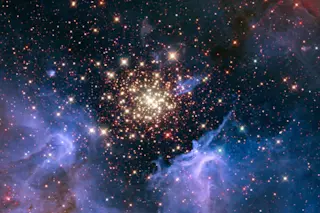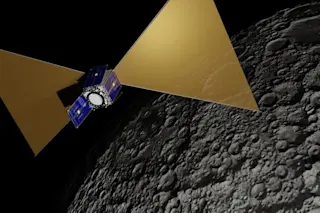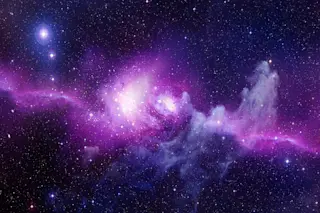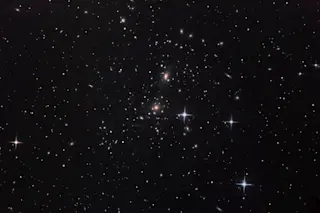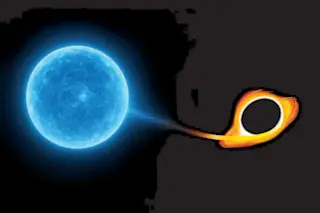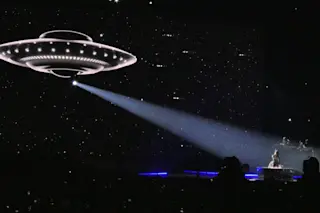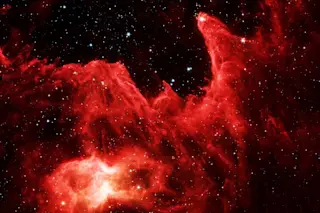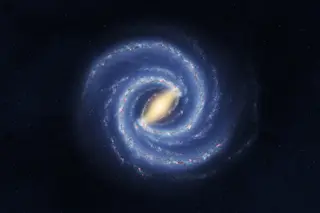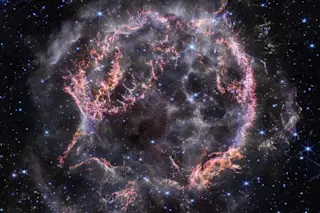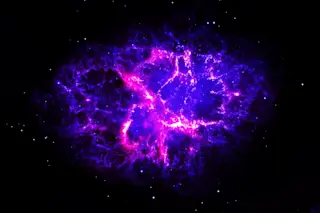The Big Bang, as many cosmologists like to point out, was not very banging. Nothing exploded. But that doesn’t mean it wasn’t a busy and exciting event. The rush of inflation was a powerful outpouring of energy, which certainly included light. And yet, the energy contained in that early universe was such that light couldn’t even escape. For light to be seen, by telescopes or eyes of any species, it needs to be able to travel from its source to the observer.
But the universe when it first existed was too clogged by excited particles for light to get through. Imagine the infant universe as the first pinball wizard, batting photons back and forth and around, never letting them simply fall to stream freely away into space. The paddles and levers in this case were dense seas of electrons, clogging up the cosmos by constantly absorbing and re-emitting light in ...


